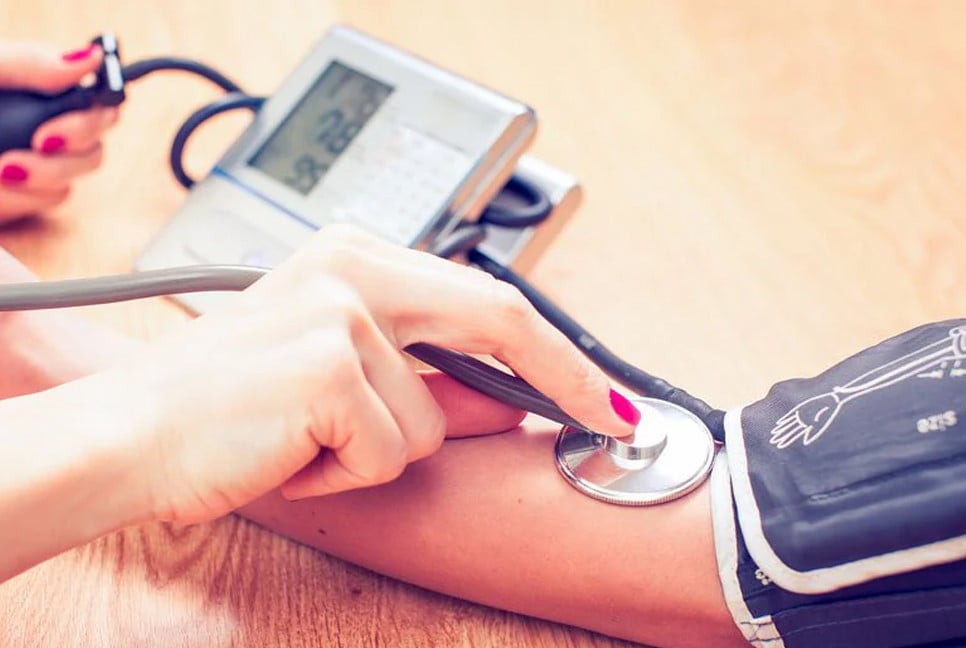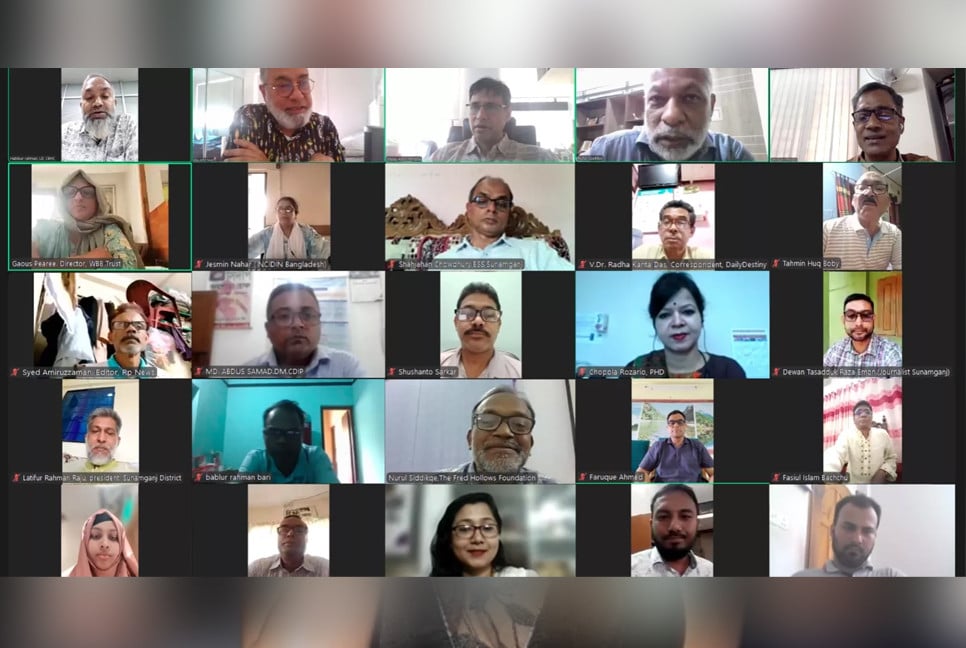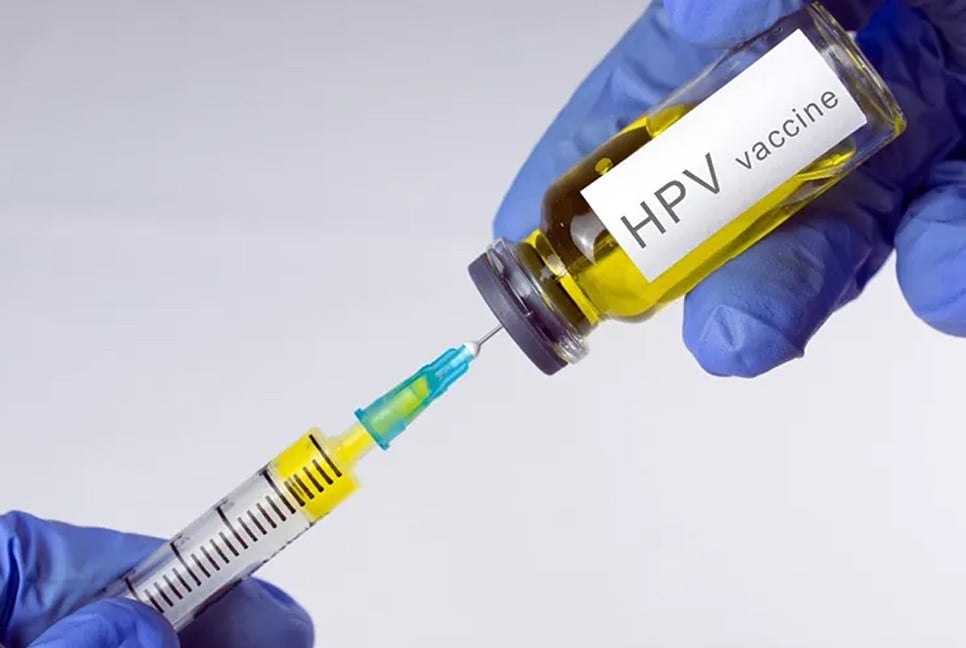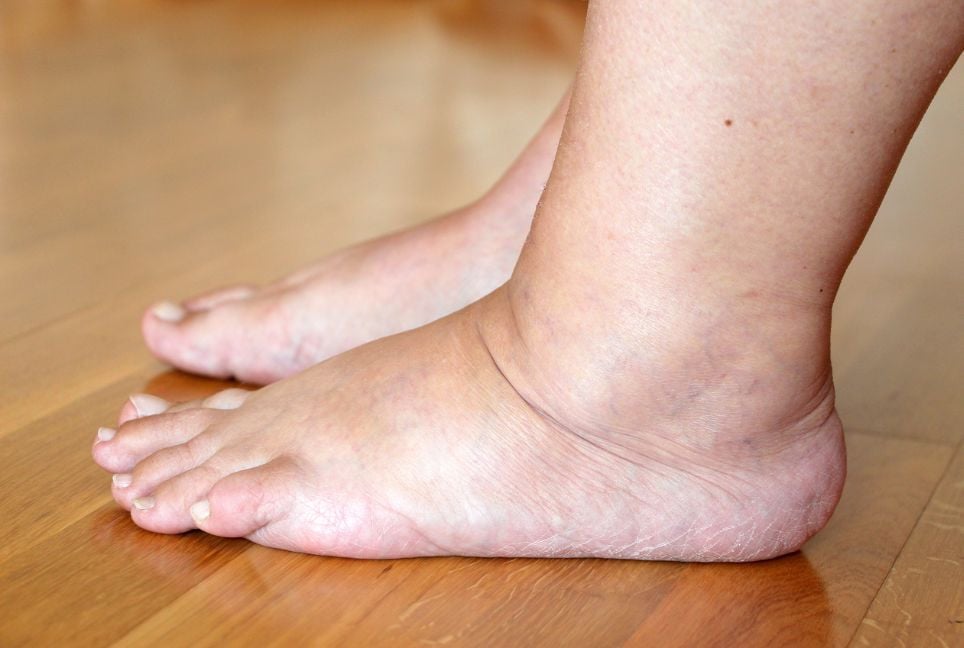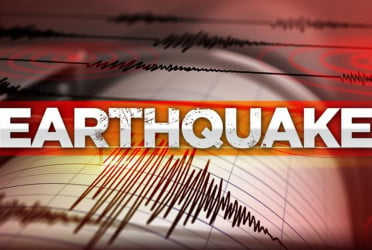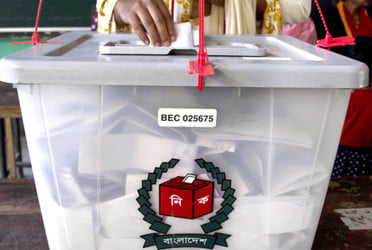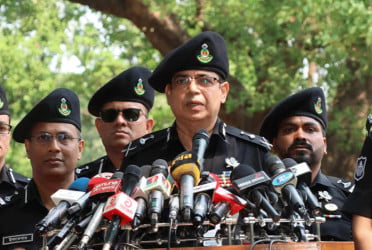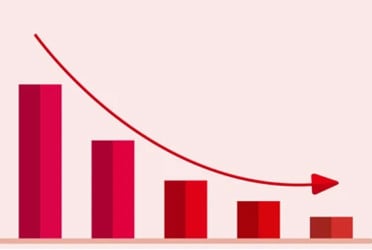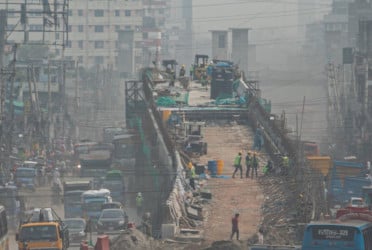Several common errors can affect the accuracy of home blood pressure readings. According to the American Heart Association, normal blood pressure is 120/80. Nearly half of adults have elevated blood pressure, with systolic readings between 120-129 and diastolic readings under 80. Hypertension, where systolic pressure is between 130-139 or diastolic between 80-89, increases the risk of heart attack and stroke if left unmanaged.
Dr. Bradley Serwer, a cardiologist and chief medical officer at VitalSolution, emphasized that many patients have incorrect data. "Following the correct standardized instructions is crucial," he said. Dr. Serwer outlined the frequent mistakes he observes when patients measure their blood pressure at home.
1. Using the wrong arm position
Certain arm positions can lead to inflated results and misdiagnoses of hypertension. This was supported by recent research from Johns Hopkins Medicine.
People who rested their arms on their laps drove up the top number in the blood pressure reading (systolic pressure) by nearly 4 mmHg, while leaving their arm hanging at their side increased it by nearly 7 mmHg.
For the most accurate results, the guidelines are to rest the arm on a desk or another firm surface at the same level as the heart, Serwer told Fox News Digital.
2. Sitting in the wrong position
"The proper position is to sit upright with your feet on the floor and your legs uncrossed, resting your arm on a flat surface that is level with your heart," Serwer advised.
3. Using the wrong type or size of cuff
If the cuff is too large or small, measurements will be abnormal, the cardiologist cautioned.
"Most blood pressure monitors use either an arm cuff or a wrist cuff," he said. "Arm cuffs tend to be more accurate and require fewer steps to ensure accuracy."
4. Not calibrating the cuff
Serwer said he typically asks all patients to bring their home cuff to the office, where he first measures their blood pressure manually and then uses the patient’s cuff.
"We can then assess the accuracy of their cuff," he said.
5. Not allowing enough time to equilibrate
The most accurate results are obtained after sitting in a low-stress environment for five minutes, Serwer noted.
6. Drinking caffeine beforehand
"Avoid stimulants before measuring your pressure, as caffeine will raise it," Serwer said.
7. Checking at different times of day
When taking blood pressure, Serwer recommends checking it twice and waiting at least one minute between measurements.
"Blood pressure fluctuates throughout the day, so checking your pressure at the same time each day gives us a better trend," he added.
Serwer also advises his patients to track their blood pressure readings in a log.
"If the average blood pressure reading is greater than 130/80, they have stage I hypertension and should be evaluated by their primary care provider," he said.
"If their blood pressure is greater than 180/100 or if they have symptoms of chest pain, shortness of breath or severe headache, they should seek immediate attention."
Even if there are no other symptoms other than high blood pressure, Serwer emphasizes that people shouldn’t wait until they have complications before treating hypertension.
"Heart attacks, strokes, renal failure and peripheral vascular disease can often be avoided with early interventions," he said.
"Know your blood pressure, even if you are healthy."
In most cases, making lifestyle changes such as improving your diet, exercising regularly and maintaining a healthy weight can help keep blood pressure within a safe range, according to the AHA.
When necessary, a doctor can provide guidance on medications to treat hypertension that does not respond to lifestyle changes.
Source: Fox news
Bd-pratidin English/ Afia

